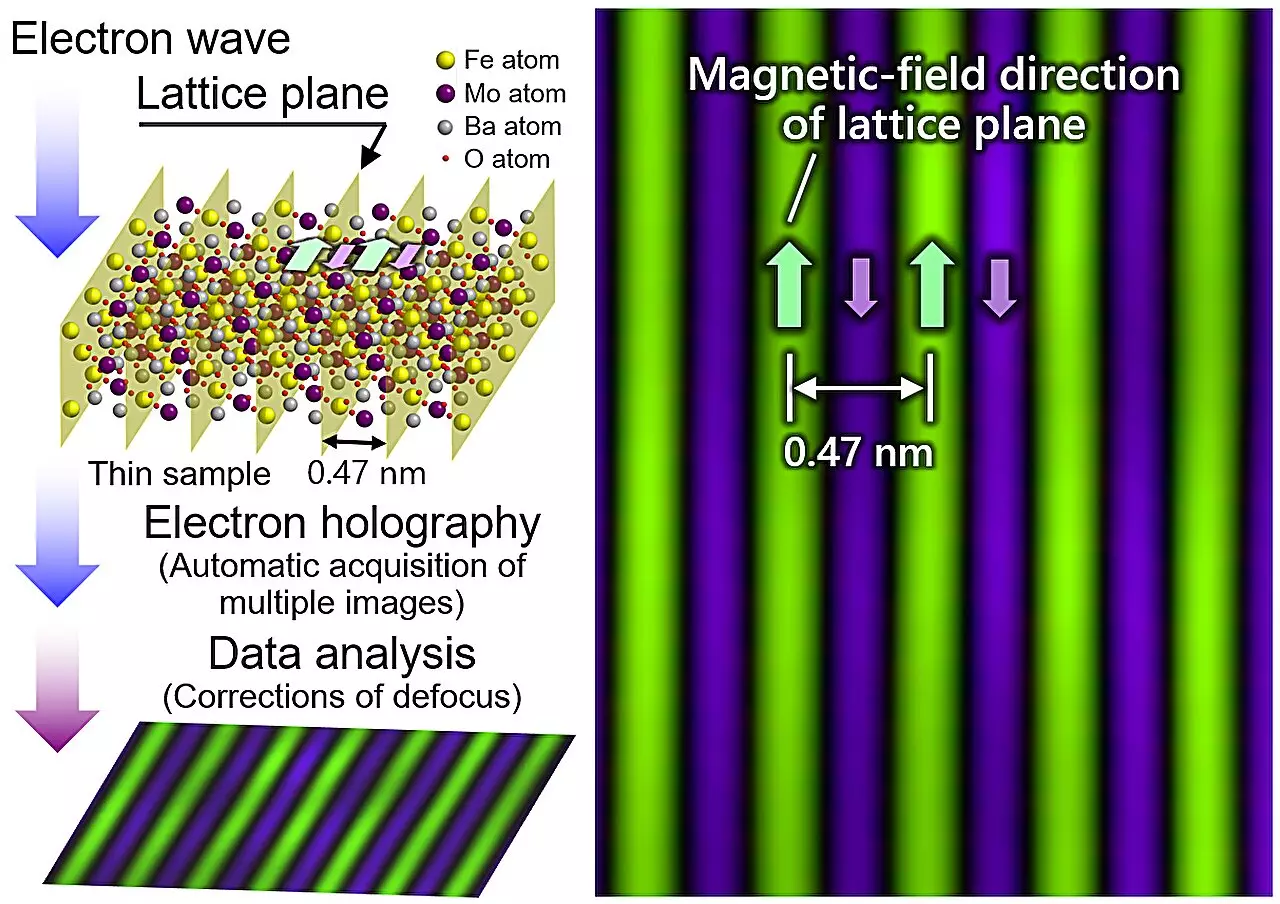In a groundbreaking achievement, a research team from Japan has made a significant breakthrough in the observation of magnetic fields at unimaginably small scales. By utilizing advanced technologies and innovative approaches, the team has pushed the limits of magnetic field observation to a whole new level, opening up a realm of possibilities for future scientific and technological advancements.
The orientation and strength of magnetic fields at atomic layers play a crucial role in determining the properties and behavior of crystalline materials. Understanding these magnetic fields is essential for the development of high-performance materials used in electronic devices, catalysis, transportation, and energy generation. The ability to visualize and analyze magnetic fields at such small scales can provide valuable insights into the underlying physics of materials and help unlock novel phenomena.
One of the key challenges in observing magnetic fields at atomic layers is achieving high resolution imaging. The research team addressed this challenge by developing a system to automate the control and tuning of the electron microscope, allowing for faster data acquisition. By implementing specific averaging operations and correction algorithms, they were able to minimize noise and correct for minute defocusing, resulting in clearer images with distinct electric and magnetic field data.
Through their innovative approach, the research team was able to surpass the previous record for magnetic field observation at atomic layers. By conducting electron holography measurements on samples of Ba2FeMoO6, a layered crystalline material with distinct magnetic fields, they achieved an unprecedented resolution of 0.47 nm. This breakthrough opens up new possibilities for directly observing magnetic lattices in specific areas of materials, such as interfaces and grain boundaries.
The remarkable achievement of this research team is expected to have far-reaching implications for both scientific research and technological development. The ability to directly observe magnetic fields at such small scales will enable researchers to uncover hidden phenomena and advance our understanding of magnetic materials. This knowledge can lead to the development of high-performance magnets and functional materials crucial for decarbonization and energy-saving efforts, ultimately contributing to the realization of a carbon-neutral society.
The future of magnetic field observation looks promising, thanks to the groundbreaking work of this research team. By pushing the boundaries of nanoscale imaging, they have paved the way for new discoveries and advancements in a wide range of fields. The potential applications of this technology are vast, and its impact on society could be transformative. With continued research and innovation, we can anticipate even more exciting developments in the field of magnetic field observation in the years to come.


Leave a Reply
You must be logged in to post a comment.